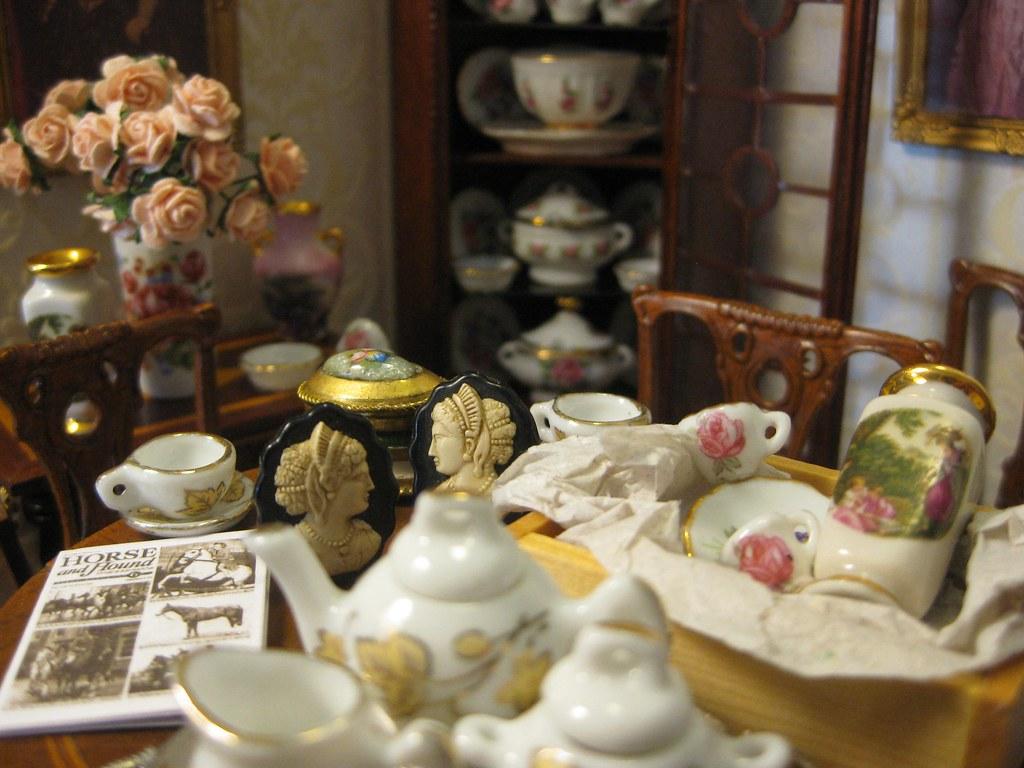In the intricate tapestry of estate planning, preserving family heirlooms and real estate emerges as a paramount concern for many individuals seeking to secure their legacy for future generations. As tangible links to our past, heirlooms carry not only sentimental value but also the stories and traditions of those who came before us. Similarly, real estate holdings often represent significant financial assets and cherished family memories. In this analytical exploration, we delve into the strategic approaches necessary to safeguard these invaluable treasures, ensuring their seamless transition and continued relevance in the lives of descendants. By examining legal frameworks, financial strategies, and emotional considerations, this article aims to equip you with the knowledge and confidence to navigate the complexities of estate planning with foresight and precision.
Understanding the Importance of Heirlooms and Real Estate in Estate Planning
When considering the long-term preservation of cherished family heirlooms and real estate assets, it’s crucial to understand their unique significance within estate planning. Heirlooms, often imbued with emotional value, serve as tangible connections to family history and tradition. Real estate, on the other hand, typically represents substantial financial value and can serve as a cornerstone for future wealth generation. Both require careful consideration and strategic planning to ensure they are preserved and passed down according to your wishes.
- Identify Key Heirlooms: Start by cataloging items of sentimental value, such as jewelry, artwork, or antique furniture. This ensures clarity and avoids potential disputes among beneficiaries.
- Evaluate Real Estate Assets: Consider the location, market value, and potential for appreciation of your properties. This will inform decisions on whether to retain, sell, or transfer ownership.
- Incorporate Legal Instruments: Utilize tools like wills, trusts, and life estates to clearly outline the distribution and management of these assets.
- Engage Family Discussions: Communicate openly with family members about the significance of these assets to foster mutual understanding and agreement.
Ultimately, by integrating heirlooms and real estate thoughtfully into your estate plan, you not only protect valuable assets but also preserve your family’s legacy for generations to come.

Strategies for Identifying and Valuing Family Heirlooms
Identifying and valuing family heirlooms requires a keen eye and a strategic approach. Begin by conducting a thorough inventory of all potential heirlooms. This includes not only obvious items like jewelry and antiques but also seemingly mundane objects that hold sentimental value. Categorize each item based on its historical, emotional, and financial significance. Leveraging the expertise of appraisers can provide a more accurate financial valuation, ensuring that each piece is appropriately insured and accounted for in estate planning.
In terms of valuation, consider the following strategies:
- Professional Appraisal: Hiring a certified appraiser can offer a comprehensive evaluation, taking into account market trends and provenance.
- Market Research: Utilize online auction sites and antique dealers to gauge current market values and demand.
- Historical Context: Understanding the origin and story behind an item can enhance its value and desirability.
- Condition Assessment: Document the condition meticulously, as restoration needs can affect value.
By employing these strategies, families can ensure that heirlooms are not only cherished but also wisely integrated into broader estate planning efforts.

Effective Legal Tools for Protecting Family Assets
To ensure that treasured family heirlooms and real estate assets are safeguarded for future generations, employing a robust estate planning strategy is crucial. Trusts serve as one of the most powerful legal instruments in this regard. By placing property and valuables into a trust, you can control the distribution and management of assets beyond your lifetime, reducing the risk of mismanagement or forced sales due to unforeseen circumstances. Trusts also provide a layer of privacy, as they do not go through probate, thus keeping family affairs out of the public eye.
Wills remain a fundamental tool in estate planning, offering a clear directive on how assets should be distributed. However, to maximize their effectiveness, it’s important to regularly update them to reflect changes in family dynamics or asset portfolios. Another key tool is the Power of Attorney, which ensures that a trusted individual can make financial or health-related decisions should you become incapacitated. Here are some additional legal strategies to consider:
- Joint Ownership: Automatically transfers ownership to the surviving owner without probate.
- Life Insurance: Provides liquidity to cover estate taxes or debts, protecting physical assets.
- Gifting: Reduces the taxable estate by transferring assets during your lifetime.

Best Practices for Maintaining and Passing Down Real Estate
Maintaining and passing down real estate effectively requires a strategic approach that balances current utility with future legacy. Regular maintenance is crucial; it ensures the property remains in optimal condition, thereby preserving its value for future generations. Scheduling routine inspections, investing in necessary repairs, and keeping up with local property regulations can prevent costly issues down the line. Equally important is clear documentation; maintaining a detailed record of property deeds, maintenance history, and tax documents can streamline the transfer process when the time comes.
When planning for the transfer of real estate, consider implementing trusts or joint ownership structures to minimize potential disputes and tax implications. Engage with an experienced estate planner to explore options like revocable living trusts, which can provide flexibility and control over the property during your lifetime while ensuring a smooth transition to heirs. Additionally, encourage open communication among family members about the property’s future. This can include discussions about shared responsibilities and financial expectations, which help in aligning everyone’s goals and fostering a collaborative approach to preserving the family’s real estate legacy.



